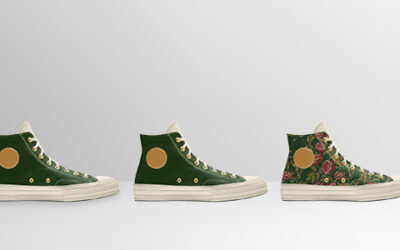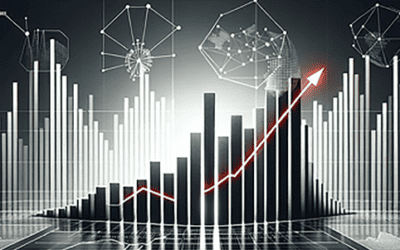
Supercharged Location Data: Time Since Last Visit
Most companies who implement mobile marketing strategies know how utilizing location data can help deliver messaging that is twenty times more likely to generate a desired result, rather than the traditional “spray-and-pray” method. This is an antiquated showing of the same message to the same people regardless of who they are, what they’re interested in, and—most importantly—where they are when they receive the message.
However, even the most sophisticated mobile marketers still primarily use the most rudimentary pillar of location data in their campaigns—that is, knowledge of where their customer is right now.
You can consider “where are they now” as the Coca-Cola classic of location data.
There is certainly value in basic here and now information, but it’s too one-dimensional to be the lone location data component of any marketing effort. Evaluating location data is certainly better than not including it in your marketing calculus. However, there’s a high probability it will yield results without any clear understanding of how the location data actually factored into the efficacy of your campaign.
To truly make location data the foundation of your digital marketing campaign, you need to employ a platform that allows you to access multiple dimensions of location data. This helps deliver perfectly-timed marketing to your most valuable customers.
Over the course of the next few weeks, we’re taking a look at five new and exciting location data types that you can employ to supercharge your digital marketing strategy. We’re kicking off this series with one of our favorites: Time Since Last Visit.
Location Data Type One: Time Since Last Visit
Time Since Last Visit is an enlightening measurement that, when employed as the key trigger within a marketing system, does a lot of the heavy lifting by sending a reminder to your customers. The mobile alert typically looks like “Hey, it’s been a while since you visited and oh, by the way, here’s a voucher for 10% off your next visit.”
This is an important metric and the vital cornerstone of any sophisticated location-aware marketing effort. Use of this data requires a location platform that seamlessly registers an initial geofence entry, a corresponding exit and the time elapsed since that exit occurred.
Marketing on a Time Since Last Visit threshold is a technique that can only be accomplished at scale with technology.
The outbound nudge messages need to be automatically triggered once a specified time frame has passed. For example: Let’s say you’ve decided to pursue your dream of running an upscale deli. You’d love to offer an incentive to all of your customers who haven’t been back to your store in a rolling three-week window. This is virtually impossible without a sophisticated marketing automation platform in your corner, so let’s assume that you have such a platform and that it’s connected to a simple mobile app which your customers frequently use to place orders. By tracking the last day and time they entered (and correspondingly exited) a geofence around your shop, you can set up a simple but potent mobile marketing campaign that automatically sends a push notification to each customer once they cross that three-week threshold.
Businesses that regularly send “We miss you!” messages at appropriate intervals reliably reduce customer attrition by an average of 62%.
The icing on the cake is that you can also track the effectiveness of each push notification because your system will log their next visit, thereby reporting on the average length of time between offered incentive and next visit.
It’s pure (tech) magic.
See how you can use location data as a part of your marketing mix with our other case studies.
You may also be interested in
Leveraging Artificial Intelligence (AI) to Uncover Sales Opportunities
Businesses are constantly on the lookout for innovative ways to maximize their revenue. Two of the most powerful sales techniques are cross-selling and upselling. Both strategies involve offering additional products or services to a customer during the sales process,...
The Competitive Advantages of Shifting from Personalization to Hyper-Personalization
Personalization has been a trending concept for several years. In fact, 7 out of 10 customers now expect some degree of personalization from the brands they choose according to a McKinsey & Co. study. Crafting a personalized experience based on the preferences and...
Staying Ahead of the Game Through Competitive Intelligence
In today's dynamic business environment, staying ahead of the competition is no easy feat. To succeed, businesses must employ a combination of strategic acumen, creative problem-solving, and a profound grasp of prevailing market dynamics. And most importantly,...
How Small to Medium Sized Businesses Can Thrive Through AI Integration
Artificial Intelligence (AI) is no longer just a buzzword or a far-off concept, it has become a tangible reality that is transforming the way businesses operate. In fact, the global adoption of AI in companies currently stands at 35% with an additional 42% exploring...





